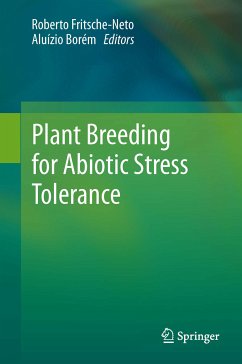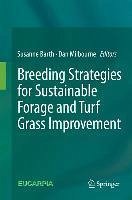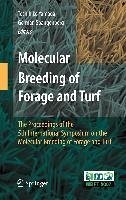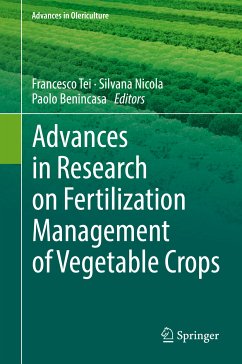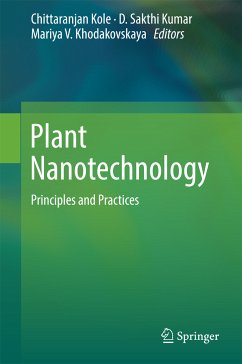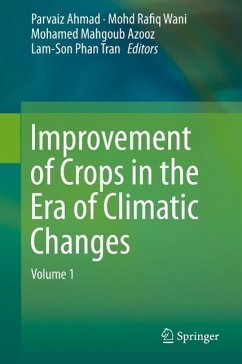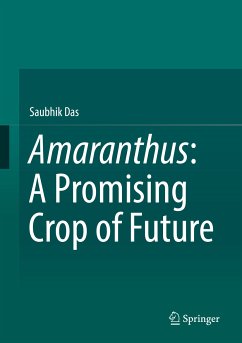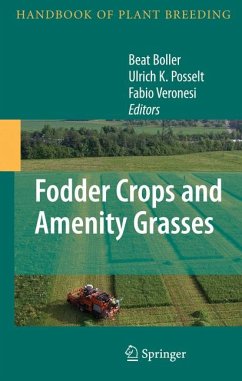
Fodder Crops and Amenity Grasses (eBook, PDF)
Versandkostenfrei!
Sofort per Download lieferbar
160,95 €
inkl. MwSt.
Weitere Ausgaben:

PAYBACK Punkte
80 °P sammeln!
Grassland farming in Europe was already established during the settlement of the rst farmers together with their domesticated animals after the last ice age. Since then, grassland provides the forage basis to feed ruminant animals for the p- duction of meat and milk. Depending on the ecological conditions and intensity of usage, various plant communities with different species developed, displaying a rich biodiversity. With the introduction of improved crop rotations at the end of the 16th century, grasses and legumes were also grown to an important extent as forage crops on arable land. In th...
Grassland farming in Europe was already established during the settlement of the rst farmers together with their domesticated animals after the last ice age. Since then, grassland provides the forage basis to feed ruminant animals for the p- duction of meat and milk. Depending on the ecological conditions and intensity of usage, various plant communities with different species developed, displaying a rich biodiversity. With the introduction of improved crop rotations at the end of the 16th century, grasses and legumes were also grown to an important extent as forage crops on arable land. In the last decades the importance of amenity grasses increased markedly, due to the demand of the society for new usages like landscape protection. Around 1900 interested farmers and academics identi ed the need for gra- land improvement through systematic selection and seed production. This marks the beginning of breeding and research in companies but also at universities and specialized research institutes. Plant collection started with many of the species that are still of importance today. The collected materials were grouped according to the intended use and some type of phenotypic selection was applied. Seed mul- plication of such populations was performed in pure stands and the harvested seed was marketed. Although the vegetative biomass and its quality are of utmost imp- tance in forage crop breeding, it is the seed yield potential which determines the commercial success of a new variety.
Dieser Download kann aus rechtlichen Gründen nur mit Rechnungsadresse in A, B, BG, CY, CZ, D, DK, EW, E, FIN, F, GR, HR, H, IRL, I, LT, L, LR, M, NL, PL, P, R, S, SLO, SK ausgeliefert werden.




